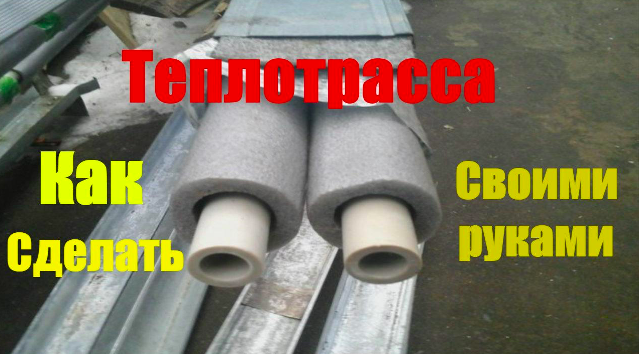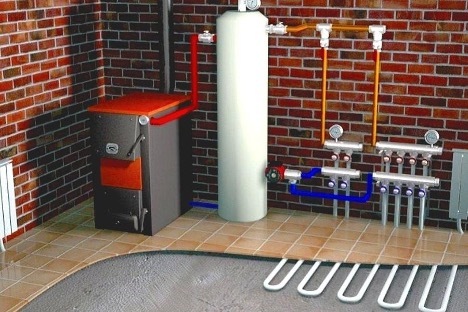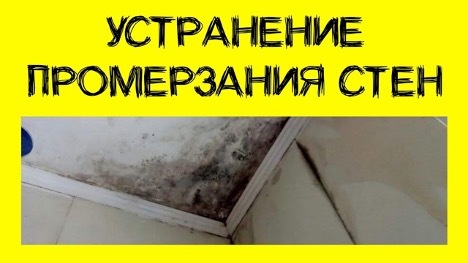Heating water in receipts means a payment not only for heating itself, but also for cold water, which as a result turns into hot. Moreover, heating is usually determined according to the standard, on the basis of which the amount can be calculated and checked independently. How to do this is described below.
The content of the article
- What does "warm water" mean?
- How the cost is calculated
What does "warm water" mean?
It is intuitively clear what “water heating” means in a payment order. This is a payment for thermal energy, which is spent on turning cold water into hot. It was this approach that was used until 2015, when changes were made to the rules for the provision of public services. According to the new government decree, the payment for water heating began to consist of 2 components:
- Tariff per cubic meter of cold water.
- Tariff for thermal energy, which is spent on heating this water.
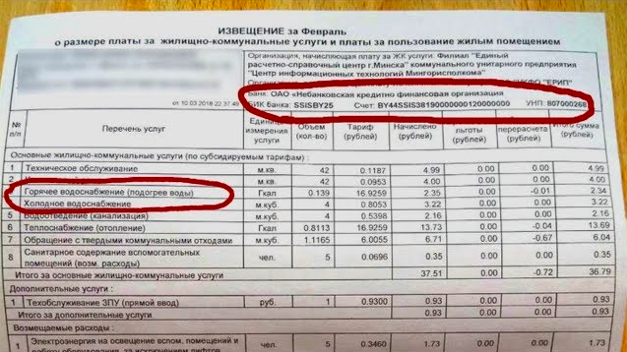
Since now the cost includes, in fact, 2 services, the tariff has increased. Moreover, the amount depends on the type of heating:
- Central heating is the most common option, when a CHP plant generates heat for the whole area at once, i.e. tens or hundreds of houses.
- Central heating with distribution to several houses (local boiler house). Costs payers more than in the case of CHP due to a smaller number of consumers.
- Due to individual equipment, which is located on the roof of the building or in the basement. It also happens that the boiler is in a separate room near the microdistrict. In any case, the cost of heating water increases due to an even smaller number of consumers.
- Also, the source of water heating can be the apartment owner's own equipment, for example, an electric heater, a boiler, and others. In this case, the fee is increased by the use of electricity or gas.
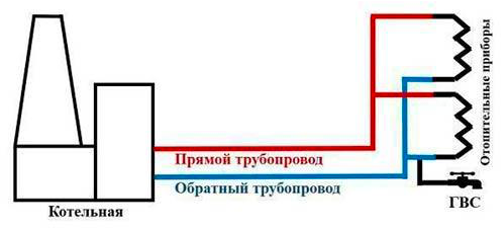
How the cost is calculated
To determine the amount you need to know:
- the cost of one cubic meter of cold water;
- heat consumption rate.
These 2 quantities must be multiplied. It is clear that the volume of hot water can be accurately determined by the meter. As for the standard, it depends on the specific region. Usually this value is written in the receipt and can change 1-2 times a year.
In rare cases, the standard is not approved, and then the management company applies the previously valid value or takes as a basis the option agreed with the organization supplying heat.
For example, in Moscow in 2023, 243.16 rubles are charged for a cubic meter of hot water, and 50.93 rubles for the supply of 1 m3 of cold water. Since the tariff has become two-component since 2015, both values \u200b\u200bmust be added. And then you get 243.16 + 50.93 = 294.09 rubles. This is the fee for heating one cubic meter of water. If the family spent 10 m3 in a month, then 294.09 * 10 = 2940.90 rubles. It is this amount that will be allocated in the receipt.
